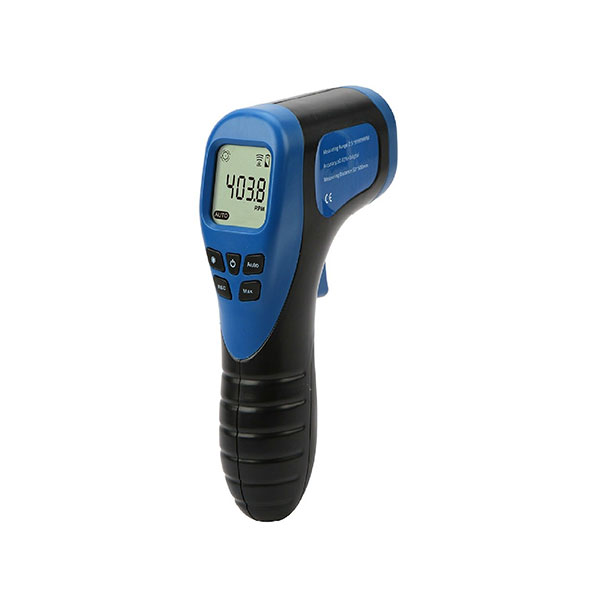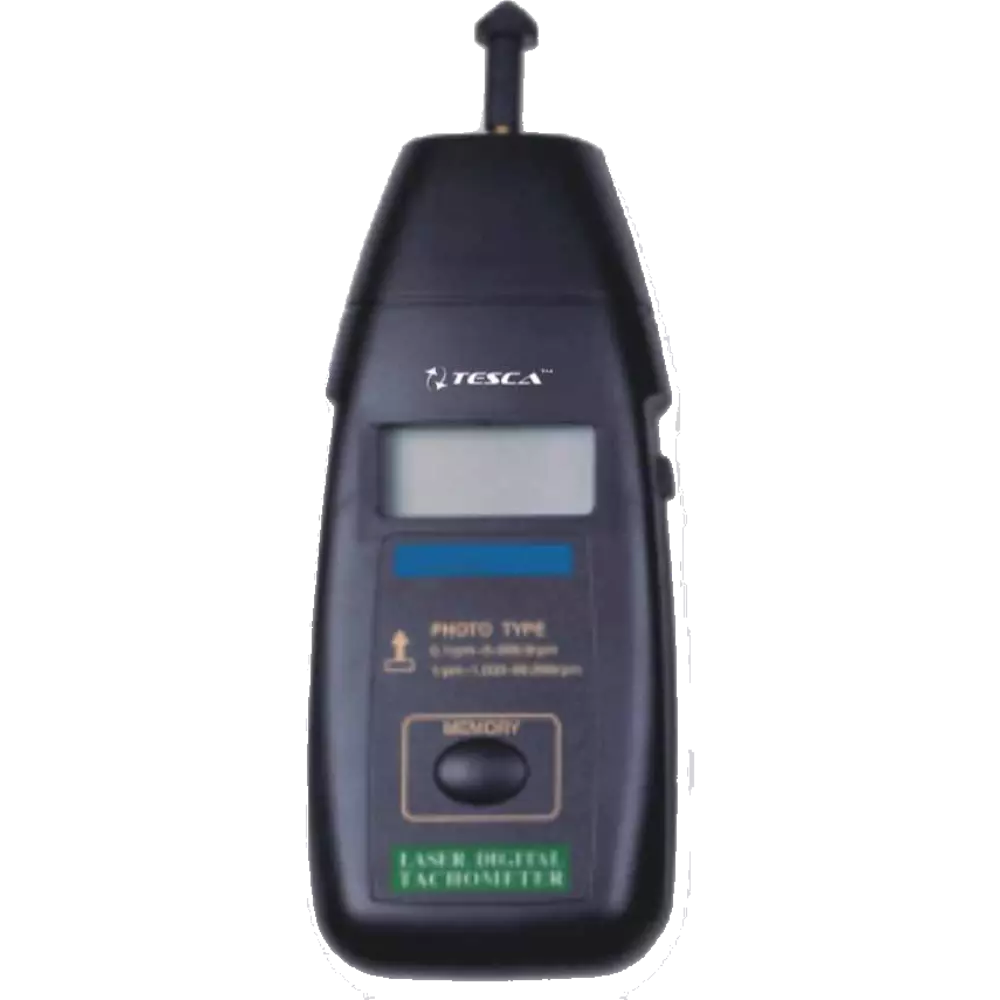Key Reasons That Having a Tachometer Is Crucial for Maintaining Engine Health And Wellness and Performance
This modest yet crucial tool plays a pivotal duty in the maintenance of an engine's wellness and performance. By supplying real-time information on engine speed and RPM levels, a tachometer provides important insights that straight influence the efficiency and durability of the engine. Let's explore the key factors behind its crucial function in preserving engine health and efficiency.
Protecting Against Engine Over-Revving

To guard the engine from prospective damage, it is vital to execute measures that protect against over-revving, a method that can result in costly fixings and minimized engine lifespan. Over-revving takes place when the engine's rotational speed surpasses the optimum limit established by the maker, causing excessive anxiety on internal parts such as pistons, valves, and attaching rods. This too much stress can result in mechanical failings, including curved valves, harmed pistons, and also devastating engine failing.
One efficient measure to avoid over-revving is the installation of a rev limiter. A rev limiter is a tool that controls the optimum RPM (revolutions per minute) of the engine by either removing fuel circulation or spark to the engine when the pre-set limitation is reached. Furthermore, enlightening chauffeurs and drivers on the significance of checking engine RPM through the tachometer can assist prevent unexpected over-revving. Normal maintenance checks to make sure the engine remains in optimal condition can additionally aid in avoiding over-revving cases and prolonging the engine's life expectancy. By taking on these safety nets, the threat of engine damages due to over-revving can be substantially lowered.
Optimizing Gas Intake
Reliable gas consumption plays an important function in maximizing the performance and sustainability of an engine. tachometer. Optimizing fuel consumption not only helps in decreasing operational costs but also reduces the environmental impact of vehicle emissions. By utilizing a tachometer to monitor engine rate and readjust driving behaviors as necessary, motorists can accomplish much better fuel efficiency
Maintaining a constant rate and preventing unexpected accelerations and decelerations can dramatically boost gas economic climate. Additionally, correct equipment choice based on the tachometer analyses makes sure that the engine operates within its optimal array, causing a lot more efficient gas burning.
Frequently keeping track of the tachometer can also assist determine any kind of inadequacies or mechanical problems that might be impacting fuel intake. For example, a sudden rise in fuel use without a matching change in driving routines could show an issue that calls for interest.
Tracking Engine Health And Wellness
Checking engine health is vital for making certain optimum performance and longevity of the car. By using a tachometer to keep an eye on engine rate, chauffeurs can detect irregularities that may suggest prospective problems with the engine. A tachometer supplies real-time information on engine transformations per min (RPM), permitting motorists to recognize any kind of uncommon spikes or decrease in RPM that can signify troubles such as misfires, damaged elements, or engine getting too hot.

Frequently keeping track of engine health and wellness through the use view it now of a tachometer makes it possible for vehicle drivers to resolve problems immediately before they escalate and create substantial damages. Spotting a decline in RPM might indicate gas shipment problems or a clogged up air filter, while an unexpected increase in RPM might direct to issues with the transmission or exhaust system. By remaining alert and responsive to changes in engine efficiency, vehicle drivers can avoid expensive fixings and make certain the overall health and wellness and efficiency of their vehicle.
Expanding Engine Lifespan
Making certain the long life of an engine needs thorough upkeep methods and conscientious tracking of vital performance indications. Extending an engine's life expectancy is crucial for minimizing overall automobile upkeep expenses and staying clear of unexpected break downs. A tachometer plays a substantial role in this element by giving real-time data on engine speed, enabling drivers and mechanics to make educated choices to avoid extreme damage.

Additionally, routine maintenance based on tachometer readings, such as timely oil changes and ignition system replacements, can significantly add to expanding the engine's long life. On the whole, including a tachometer right into regular engine tracking practices is important for preserving the engine's health and performance over the lengthy term.
Conserving Money on Repairs
A tachometer assists in monitoring the engine's RPM (transformations per min), allowing vehicle drivers to operate within the advised range. By staying within these ideal RPM degrees, excessive stress on the engine can be avoided, decreasing the chance of costly repair services due to straining the engine.
Additionally, by making use of the information from a tachometer to practice smooth acceleration and slowdown, drivers can prolong the life expectancy of their lorry's components, eventually conserving cash on upkeep and replacements. In general, the insights supplied by a tachometer encourage drivers to make informed decisions that can stop unneeded damage on the engine, leading to significant expense savings over time.
Verdict
To conclude, a tachometer plays a crucial role in maintaining engine wellness link and effectiveness by stopping over-revving, maximizing gas consumption, keeping an eye on engine health and wellness, expanding engine life see this expectancy, and saving cash on repairs. It is a necessary tool for making certain that the engine runs within safe limitations and carries out at its best, inevitably contributing to the long life and overall efficiency of the vehicle.